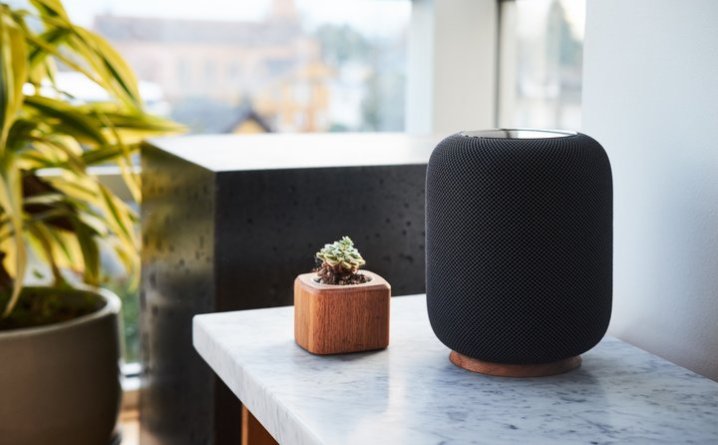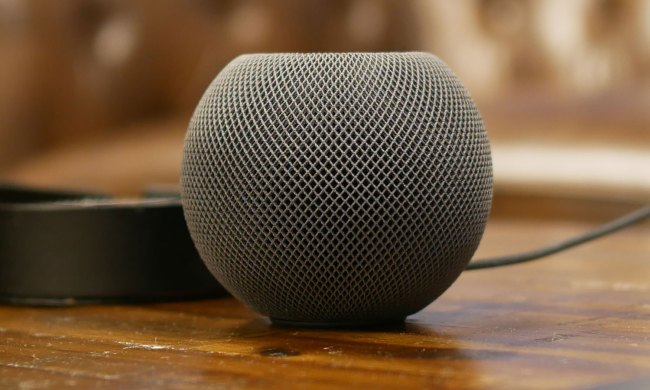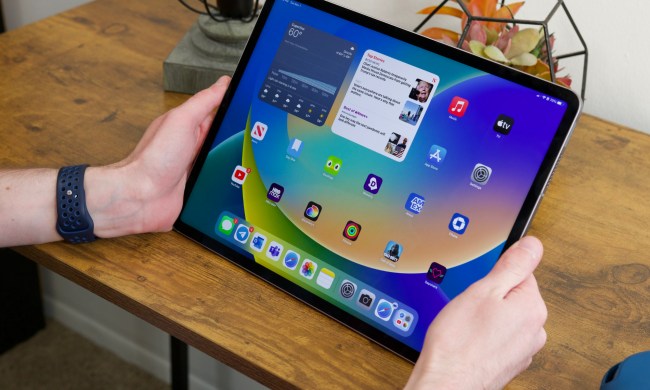
The Apple HomePod hasn’t exactly received the most favorable of reviews since it made its debut in early February. The smart speaker from the iEmpire went through months of delays before finally hitting shelves, and while everyone could agree that the sound quality of the speaker was top notch, folks were decidedly less impressed by its “smart” capabilities.
After all, there’s no support for non-iOS devices, nor is there built-in support for music sources other than Apple Music. Plus, Siri voice control and interactions with other devices isn’t so great — at least, not yet. And while Apple has said that it’s planning on adding more functionality sometime later, it may need to pick up the pace. Because sales are flagging big time.
As per a Bloomberg report, the $349 price tag of the HomePod seems simply too high for many would-be customers. In fact, as of late March, Apple had diminished its sales forecasts and reduced orders with one of its manufacturers, Inventec Corp. Despite strong pre-order numbers, when the HomePod actually arrived in stores, folks seemed a lot less motivated to take the smart speaker home.
In the first 10 weeks of the HomePod’s sales, it managed to corner just 10 percent of the smart speaker market. For comparison, the Amazon Echo line managed to grab 73 percent of sales, while the Google Home claimed 14 percent of sales, as per Slice Intelligence.
In the three weeks after the HomePod’s launch — generally a time when demand ought to be high — HomePod sales were just 4 percent of the smart speaker landscape. As a result, Apple is dealing with quite a backlog of inventory, and some retail locations are said to be selling fewer than 10 units a day.
Part of the problem may have been related to the fact that Apple did not make its originally anticipated December release date, which likely would have boosted sales during the holiday shopping spree. And given that other smart speakers on the market are significantly more affordable — and boast more functionality — it comes as little surprise that customers are not lining up to spend an arm and a leg on what is ultimately a glorified boombox.
That said, Apple is in fact rumored to be releasing a cheaper $150 version of the HomePod later this year. This may just be the move the company needs to make to make its smart speaker a must-have device.


